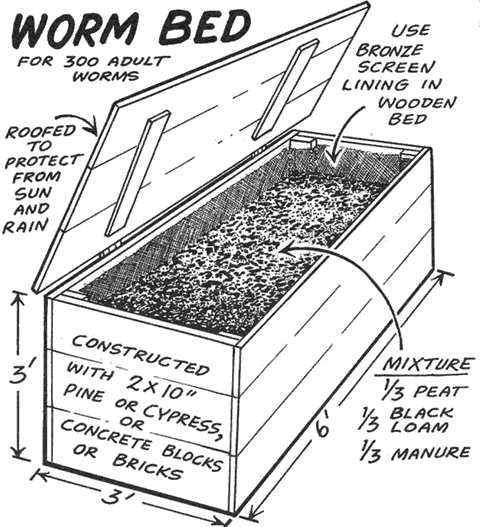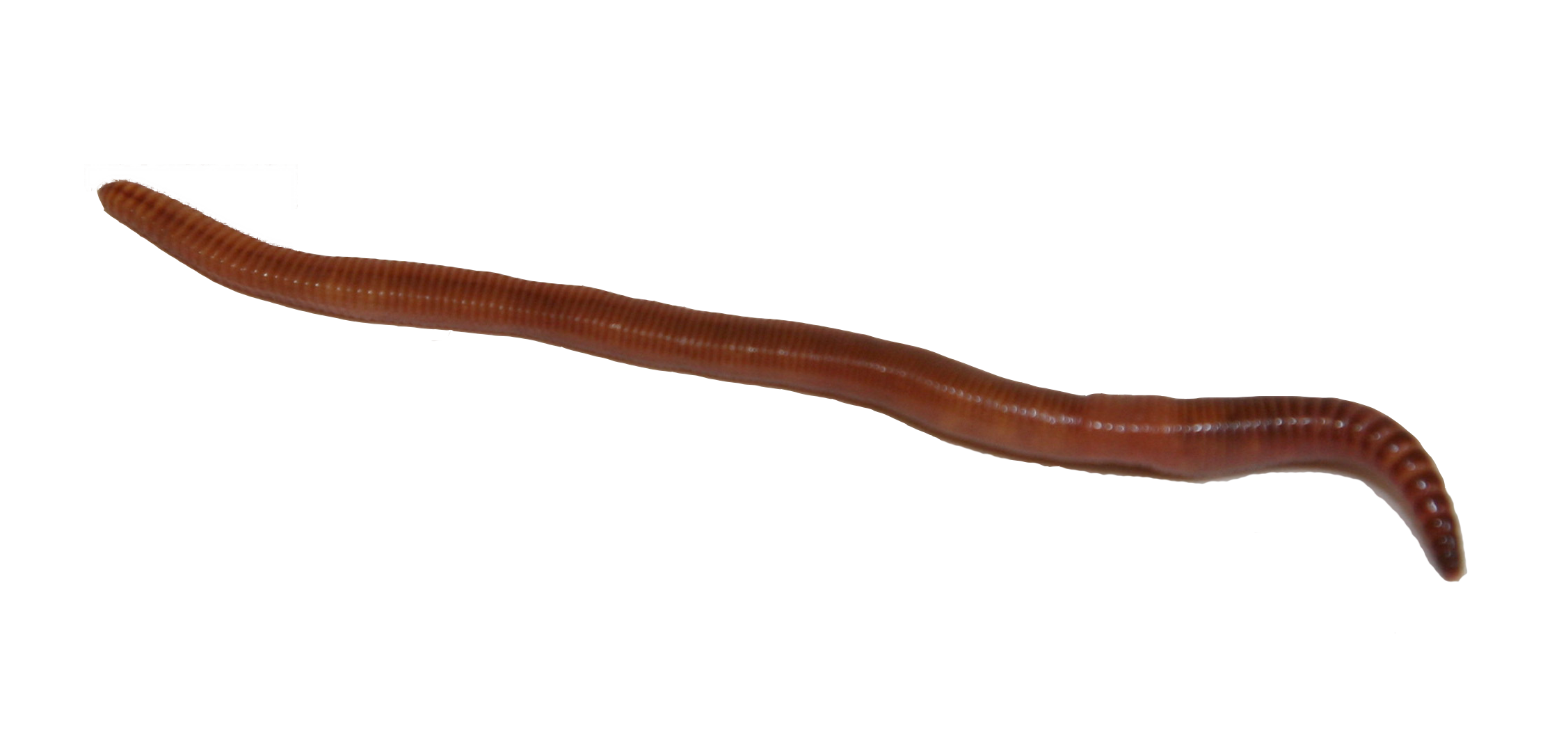Indicators on Where To Find Red Wigglers You Need To Know
Indicators on Where To Find Red Wigglers You Need To Know
Blog Article
Some Known Factual Statements About Where To Find Red Wigglers
Table of ContentsThe Facts About Where To Find Red Wigglers RevealedThe Only Guide for Where To Find Red WigglersThe 9-Second Trick For Where To Find Red WigglersHow Where To Find Red Wigglers can Save You Time, Stress, and Money.Where To Find Red Wigglers Things To Know Before You BuyTop Guidelines Of Where To Find Red Wigglers
For finest results, you want to fire for about 60-70% moisture level. The easiest test for this is to press a handful as hard as you can. At the excellent moisture levels which is simply under 70% that handful need to barely produce one decline of liquid. pH in a worm container is quite simple to preserve.
The Indian Blue is starved, yet likewise favors a warmer climate and it also shows a tendency to leave the bin. The red wiggler is a sturdy worm and isn't as particular regarding its climate. I such as to call it the Ford Taurus of vermicomposting worms; you won't brag to your hardcore composting buddies that you own them, yet they will offer you well.
Like any type of other bait, a worm's effectiveness has actually concerned depend upon its discussion. H.G. "Faucet" Tapply highlighted this factor almost a half century ago in one of his Field & Stream columns. "A worm is such an unformed animal," he created, "there doesn't seem to be quite a fisherman can do with it other than stab it on a hook and toss it into the water." As Faucet demonstrated, a fishermen can do a good bargain to make a worm extra attractive.
The Best Strategy To Use For Where To Find Red Wigglers
I assume you will certainly also if you try them. The smaller sized the trout stream, the better worms work is an axiom that hasn't changed in the 100-plus years given that Perry wrote his article. Fishermens of his age merely stuck their rickety fly rods via alder tangles and dropped a weighted worm right into a deep opening.
Early morning is prime feeding time, and the weightless bait's slow descent leaves 5 inches of wriggling protein in full sight for fairly a while. After you have actually made the actors, keep the bond open and placed the pole in a forked stick. The line will drop off the pole in sluggish loops as the worm works out, but typically the slow-moving loops will become a blur, and the early morning will unexpectedly get rather intriguing.
You can fish deep and cover a great deal of area, and the crawler appears to be the best touch for this transitional time, when the smallmouths have yet to secure on to a recommended forage. Dark jigsblack, brownish, and purpleseem to match the nightcrawler's color. I generally make use of an entire 'spider, choose marabou clothing, and go down the rod for two or 3 secs when I obtain a hit.
And identifying base from a bite can be tough. The trick is to alleviate the rod back to the strike (possibly a foot) and really feel for life at the end of the tightening up line. If it's there, set the hook with a sweep as web opposed to a jerk. Occasionally you'll find yourself hooked to those sluggish, passionate yanks, and feel the weight of a wonderful walleye.
Where To Find Red Wigglers Fundamentals Explained
When the hefty walleyes carry on to the big-water shoals in the late summer, attempt going after them with a bucktail jig and a 1-inch pinch of nightcrawler. The bait covers the hook point, deflects weeds, and uses a taste of target. With absolutely nothing dangling or waving, it continues to be safe regardless of current, casts, or enthusiastic panfish.
Whether you're wading or angling from a boat, drifting worms is just one of the fantastic searching approaches for bigger rivers. For trout, a spade-dug, 4-inch garden worm is the right dimension; for bass, walleyes, and steelhead, a nightcrawler may be a far better selection. The key is to drift the bait via feeding and holding locations since fish in present are not mosting likely to chase after down the lure, as they may in still water.
Fish the transitions: mouths of tributaries, bank-side slicks, and the edges description of big pools. His motto uses to any kind of number of angling maneuvers, including the matter of including a piece of worm to a wet fly.

The Single Strategy To Use For Where To Find Red Wigglers
Add a few hundred worms and feed them two times a week. Maintain the bed linens wet however not damp. On the menu: lettuce, fruit and vegetable waste, and the occasional nongreasy extra.
Simply like veggie scraps, you can take your used coffee premises and add them to a worm box. Worms enjoy consuming coffee grounds.
When the heavy walleyes move on to the big-water shoals in the late summer, attempt going after them with a bucktail jig and a 1-inch pinch of nightcrawler. The bait covers the hook factor, deflects weeds, and supplies a taste of victim. With absolutely nothing dangling or flapping, it stays secure no matter current, casts, look what i found or ambitious panfish.
Not known Factual Statements About Where To Find Red Wigglers
Whether you're wading or angling from a boat, drifting worms is just one of the terrific browsing techniques for bigger rivers. Where To Find Red Wigglers. For trout, a spade-dug, 4-inch garden worm is the best dimension; for bass, walleyes, and steelhead, a nightcrawler may be a far better selection. The secret is to drift the bait via feeding and holding areas since fish in existing are not mosting likely to ferret out the lure, as they could in still water
Fish the transitions: mouths of tributaries, bank-side slicks, and the edges of huge swimming pools. His motto uses to any number of angling maneuvers, consisting of the matter of including a piece of worm to a damp fly.
But raising your very own bait means you can slide out of your house and hit the pond before Mom comes homejust like in the old days. Right here's exactly how to keep a worm box: Cut a sheet of CDX-grade plywood, which is made with water-resistant glues, to your dimensions. Accomplish together and pierce a lots 12-inch holes in all-time low for water drainage.
Rumored Buzz on Where To Find Red Wigglers
Add a few hundred worms and feed them 2 times a week. Keep the bed linen moist yet not wet. On the food selection: lettuce, fruit and vegetable waste, and the periodic nongreasy surplus (Where To Find Red Wigglers).
Much like veggie scraps, you can take your made use of coffee premises and add them to a worm box. Worms love eating coffee grounds. With the right conditions and wet, healthy and balanced soil, worms can live in a bucket of dirt for around three weeks. Store out of straight sunshine and keep at a temperature level in between 50 and 80 degrees.
Report this page